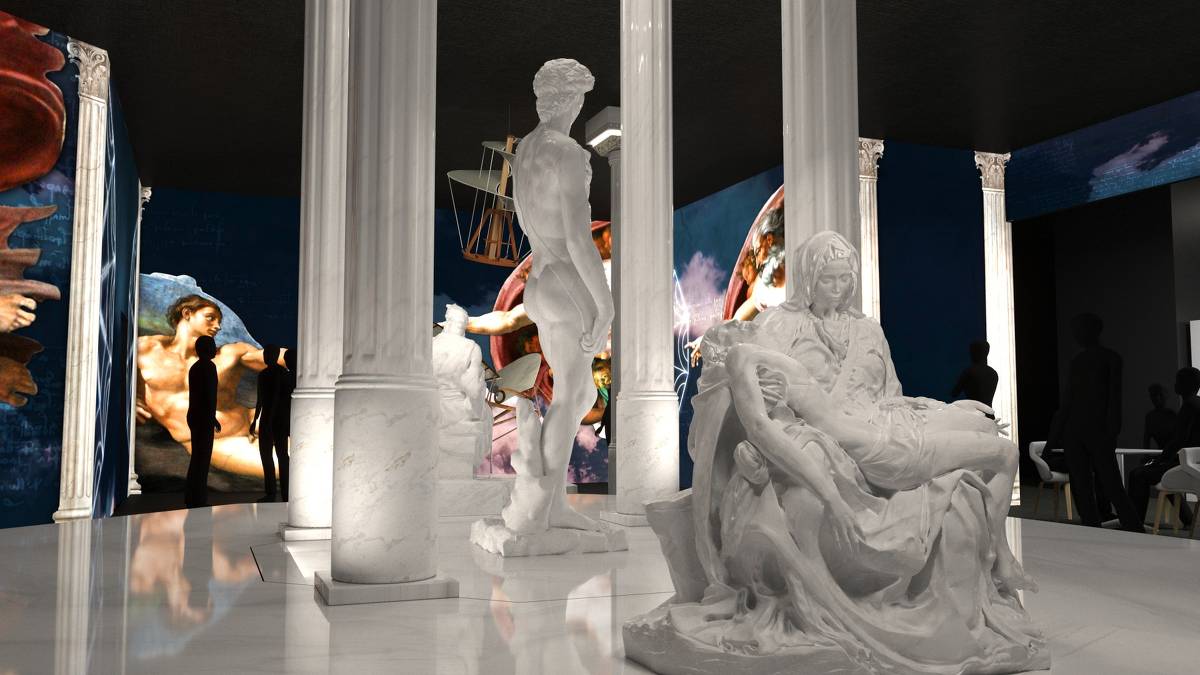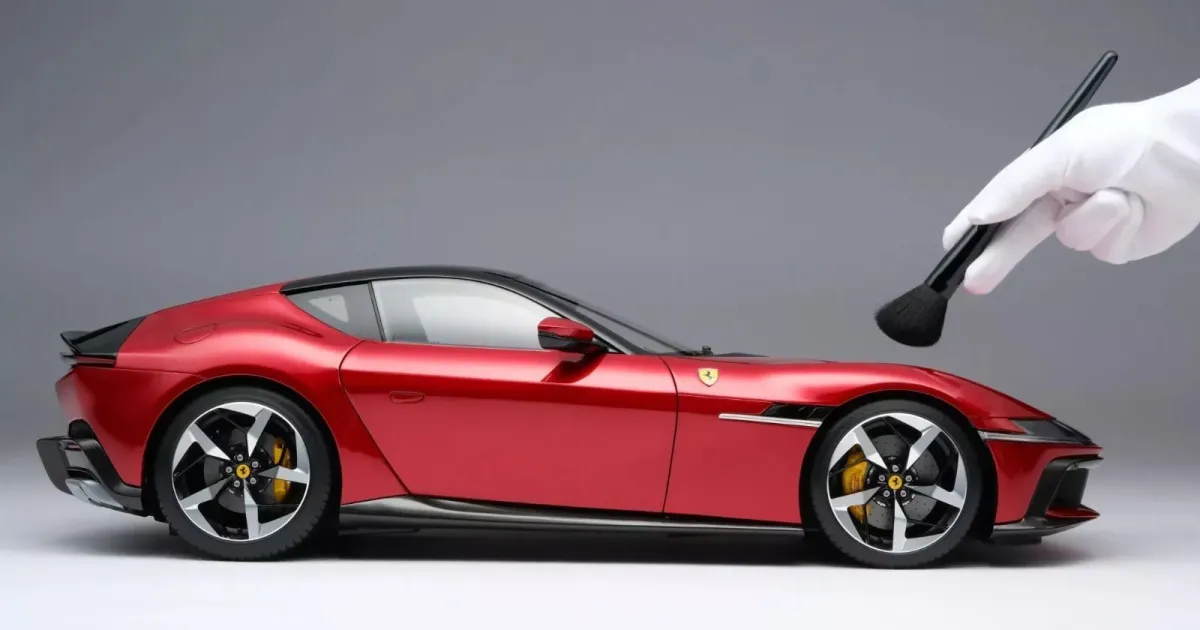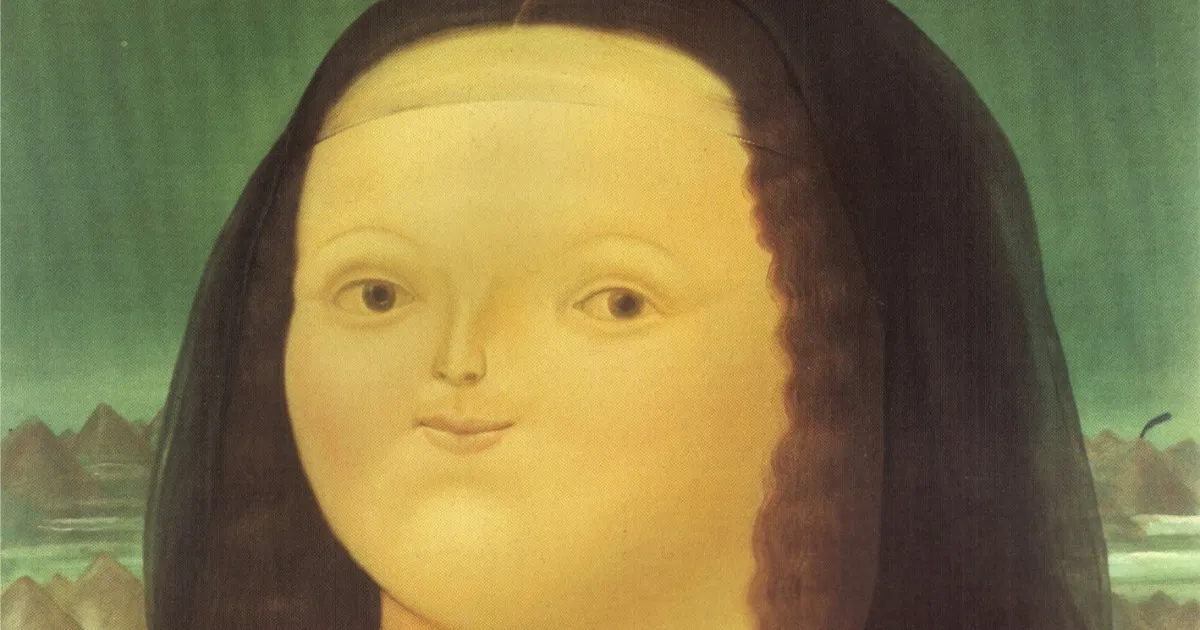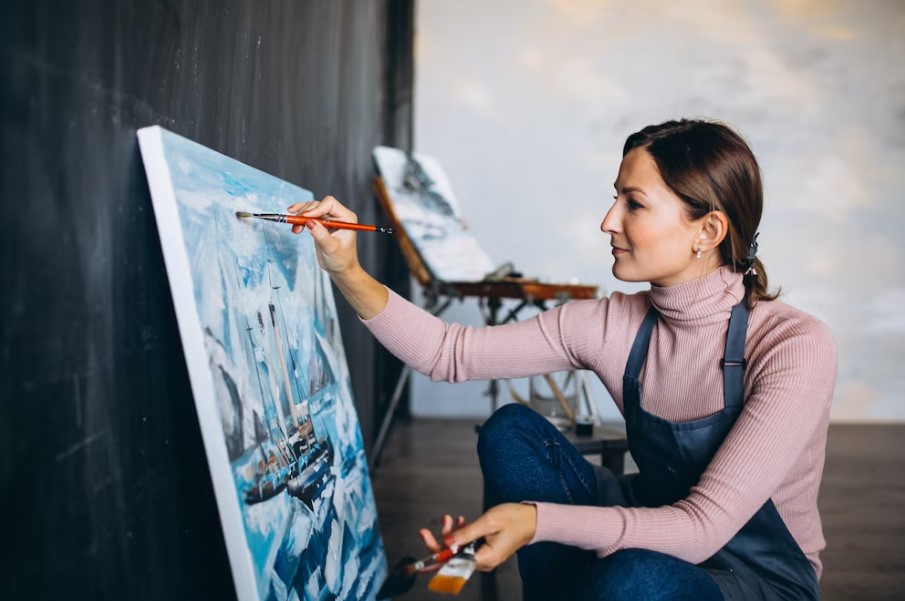Micro art and sculpture represent a fascinating intersection of precision, patience, and boundless imagination, where artists transform minuscule materials into breathtaking masterpieces that challenge our perception of scale.
🎨 The Mesmerizing World of Miniature Craftsmanship
The realm of micro art has captivated audiences worldwide, pushing the boundaries of what human hands and eyes can achieve. From sculptures carved on the tip of a pencil to intricate paintings on rice grains, these tiny wonders represent the pinnacle of artistic dedication and technical mastery. Artists working in this specialized field combine traditional craftsmanship with innovative approaches, creating works that often require magnification to be fully appreciated.
What distinguishes micro art from conventional sculpture is not merely the size, but the extraordinary level of detail achievable within such constrained dimensions. Each piece becomes a testament to human capability, where a single stroke or chisel mark can make or break the entire composition. This art form demands unwavering focus, steady hands, and often years of practice to master the requisite techniques.
The growing interest in miniature artwork has spawned communities of dedicated practitioners who share techniques, inspire one another, and continuously push creative boundaries. Social media platforms have become virtual galleries where these microscopic marvels reach global audiences, garnering millions of views and inspiring new generations of artists to explore this challenging yet rewarding medium.
Essential Tools and Materials for Microscopic Creation
Success in micro art begins with selecting appropriate tools designed for precision work. Unlike traditional sculpture, where artists might work with chisels and mallets, micro sculptors require specialized instruments that offer exceptional control at minuscule scales. Surgical scalpels, precision knives, jeweler’s saws, and modified dental tools become extensions of the artist’s vision.
Magnification equipment stands as perhaps the most critical investment for any serious micro artist. High-quality magnifying glasses, loupes, or microscopes transform the working experience, revealing details invisible to the naked eye. Many contemporary artists employ digital microscopes connected to monitors, allowing for prolonged work sessions without the eye strain associated with traditional magnification methods.
Material selection profoundly impacts the final artwork. Common substrates include:
- Graphite pencil tips for carving sculptures
- Rice grains for miniature paintings
- Individual seeds and nuts for three-dimensional works
- Precious metals and gemstones for jewelry-scale sculptures
- Polymer clays specially formulated for fine detail work
- Wood fragments from toothpicks or matchsticks
Each material presents unique challenges and opportunities. Pencil graphite, while seemingly simple, requires understanding of the material’s grain structure to avoid catastrophic breaks. Polymer clays offer versatility but demand careful temperature control during curing to prevent distortion or bubbling.
Innovative Workflows Transforming the Micro Art Landscape
Modern micro artists have developed systematic workflows that maximize efficiency while maintaining the meditative quality inherent to miniature work. These processes often begin with extensive planning phases where concepts are sketched, referenced, and mentally rehearsed before touching the actual material. This preparatory investment significantly reduces errors when working at scales where corrections prove nearly impossible.
Digital integration has revolutionized workflow possibilities. Artists now employ 3D modeling software to visualize compositions before execution, rotating virtual models to identify potential structural weaknesses or aesthetic improvements. Some practitioners use digital projectors to cast reference images directly onto their work surface, ensuring proportional accuracy that would be difficult to achieve through freehand methods alone.
Photography documentation has evolved from simple record-keeping to an integral part of the creative process. High-resolution macro photography allows artists to review progress at magnifications exceeding what’s visible during creation, identifying areas requiring refinement. Time-lapse documentation serves dual purposes: providing insight into the creative journey while building audience engagement through social media platforms.
Mastering Precision Through Breath Control and Body Mechanics
The physical demands of micro art extend beyond manual dexterity. Experienced practitioners develop sophisticated breath control techniques, often timing delicate cuts or brush strokes between heartbeats and during exhale pauses when the body achieves maximum stillness. This intersection of art and physiology mirrors practices found in precision shooting and surgical procedures.
Ergonomic workspace design cannot be overstated. Artists typically work at specialized benches with padded arm rests, adjustable lighting from multiple angles, and seating that promotes proper posture during extended sessions. Many incorporate anti-fatigue mats and take regular breaks following the Pomodoro technique or similar time management approaches to maintain peak concentration and physical comfort.
Environmental control also plays a crucial role. Temperature fluctuations can cause materials to expand or contract, while humidity affects everything from paint viscosity to wood stability. Professional micro artists often maintain climate-controlled studios where conditions remain constant, eliminating variables that could compromise work quality.
Creative Techniques That Define Contemporary Micro Sculpture
Subtractive methods remain foundational to micro sculpture, where artists carefully remove material to reveal the form within. When carving pencil lead sculptures, artists exploit the material’s layered structure, understanding that certain directions of cut will produce cleaner results. This knowledge comes only through extensive practice and occasional heartbreaking failures that inform future attempts.
Additive techniques have gained prominence with the availability of specialized adhesives and ultra-fine modeling compounds. Artists build micro sculptures particle by particle, sometimes working with materials measured in micrograms. Super glues formulated for minimal spreading, two-part epoxies mixed in tiny quantities, and UV-curing resins that harden only when exposed to specific light wavelengths all expand creative possibilities.
Mixed media approaches combine multiple techniques within single pieces. An artist might carve a base structure from wood, add polymer clay details, incorporate metal wire armatures, and finish with acrylic paint applications thinner than a human hair. These complex assemblages require mastery across multiple disciplines and careful planning to ensure material compatibility.
Overcoming Mental and Physical Challenges in Miniature Work ✨
The psychological demands of micro art can prove as challenging as the physical requirements. Hours of intense concentration on millimeter-scale details can lead to mental fatigue and creative burnout. Successful artists develop mental resilience through meditation practices, regular breaks, and maintaining diverse creative outlets that provide psychological relief from the intensity of micro work.
Hand tremor management becomes essential. Even the steadiest hands experience minor tremors that become catastrophic at micro scales. Artists employ various stabilization techniques: bracing hands against stable surfaces, using mechanical rests that support the tool rather than the hand, and in some cases, consuming caffeine strategically or avoiding it entirely based on individual physiological responses.
Vision preservation requires proactive measures. Extended periods viewing through magnification can strain eyes significantly. Regular optometry checkups, specialized eyewear, proper lighting that eliminates glare while providing adequate illumination, and periodic vision breaks help maintain long-term eye health essential for continued artistic practice.
Building a Sustainable Practice in the Micro Art Community
Monetizing micro art presents unique challenges given the time investment required for each piece. Many artists develop tiered approaches: creating extraordinarily detailed museum-quality pieces for collectors willing to invest substantially, while also producing smaller works or prints that reach broader audiences at accessible price points. This portfolio diversity ensures financial sustainability while maintaining artistic integrity.
Online platforms have democratized access to global markets. Artists showcase work through Instagram, YouTube, TikTok, and specialized art marketplaces, building followings that translate into commission opportunities and direct sales. Video content documenting the creation process often generates revenue through advertising partnerships, providing income streams beyond artwork sales alone.
Teaching and workshops represent additional revenue opportunities. As micro art gains popularity, enthusiasts seek instruction from established practitioners. Online courses, in-person workshops, and subscription-based tutorial platforms allow artists to share expertise while generating income that supports their personal creative practice.
The Role of Technology in Pushing Miniature Boundaries 🔬
Laser engraving systems now achieve details impossible through hand methods alone, creating textures and patterns at resolutions measured in microns. While purists debate whether computer-assisted work constitutes “true” micro art, most practitioners embrace technology as another tool in the creative arsenal, often combining digital precision with hand-finishing techniques that add warmth and individuality.
3D printing at microscopic resolutions has opened entirely new creative avenues. Resin printers with layer heights measured in single-digit microns can produce forms that would be impractical or impossible to create manually. Artists use these technologies for structural components, which they then embellish, paint, or incorporate into larger mixed-media compositions.
Augmented reality applications are beginning to enhance how audiences experience micro art. Viewers can use smartphone cameras to see virtual magnifications, annotations explaining techniques, or even animated versions showing creation sequences. This technology bridges the accessibility gap inherent to artwork that requires magnification for full appreciation.
Finding Inspiration and Developing Your Unique Voice
Inspiration for micro art springs from countless sources. Natural forms observed through microscopes—pollen structures, insect anatomy, crystalline formations—provide endless reference material. Historical artifacts, particularly illuminated manuscripts and carved seals from various cultures, demonstrate humanity’s long-standing fascination with miniature excellence.
Developing a signature style requires extensive experimentation. Beginning artists often mimic established practitioners while building fundamental skills, gradually incorporating personal interests, cultural backgrounds, and unique perspectives. This evolution from imitation to innovation represents the natural creative journey, where technical mastery eventually supports authentic self-expression.
Cross-disciplinary exploration enriches artistic practice. Micro artists who study biology gain insights into natural forms; those with engineering backgrounds understand structural principles applicable to sculpture; individuals with graphic design experience bring compositional knowledge that strengthens visual impact. This knowledge synthesis creates distinctive artistic voices that stand out in competitive creative landscapes.
Exhibiting and Sharing Microscopic Masterpieces
Presentation challenges accompany micro art exhibition. Traditional gallery lighting often proves inadequate for showcasing fine details. Forward-thinking exhibitions incorporate magnification stations with digital microscopes, allowing viewers to explore artworks at various zoom levels. Some installations project magnified live feeds onto large screens, making microscopic details accessible to gallery crowds simultaneously.
Photography becomes crucial for digital sharing. Macro photography equipment, including specialized lenses, ring lights, and focus-stacking software that combines multiple exposures for maximum depth of field, transforms tiny three-dimensional works into stunning two-dimensional representations. Many artists consider photography an essential skill parallel to their sculptural practice.
Documentation practices extend beyond finished pieces. Process videos satisfy audience curiosity about creation methods while demonstrating the skill involved, often converting casual viewers into serious collectors who appreciate the extraordinary effort each piece represents. Behind-the-scenes content humanizes artists, building connections that transform followers into supporters.
Environmental Consciousness in Miniature Art Production 🌱
Sustainability considerations increasingly influence material choices. Artists source recycled materials, repurpose waste products into substrates, and select non-toxic adhesives and finishes. This environmental consciousness appeals to collectors who value both artistic merit and ecological responsibility, creating market advantages for practitioners embracing sustainable approaches.
The inherently low material consumption of micro art represents an environmental benefit. Creating impactful artwork from pencil shavings, discarded seeds, or scrap metal fragments demonstrates that artistic value need not correlate with resource consumption. This philosophical alignment with minimalism and sustainability resonates strongly with contemporary audiences.
Packaging and shipping tiny artworks require thoughtful approaches that protect delicate pieces while minimizing waste. Custom-fitted cases, reusable containers, and biodegradable cushioning materials align product presentation with environmental values, ensuring the complete purchasing experience reflects the artist’s broader commitments.
The Therapeutic Dimensions of Micro Creation
Beyond aesthetic outcomes, micro art offers profound therapeutic benefits. The intense focus required induces flow states where time perception shifts and everyday stresses fade. This meditative quality attracts practitioners seeking creative outlets that double as mindfulness practices, providing mental health benefits alongside artistic fulfillment.
Fine motor skill development through micro art practice benefits individuals recovering from injuries or managing conditions affecting hand coordination. Occupational therapists increasingly recognize miniature artwork as engaging rehabilitation activity, where the motivating goal of creation supports therapeutic compliance and progress measurement.
Community connections formed through shared passion for micro art combat isolation, particularly for individuals whose physical limitations restrict other social opportunities. Online communities, forums, and collaborative projects create support networks where technical advice, encouragement, and friendship flourish around mutual appreciation for tiny wonders.
Continuing Your Journey in Microscopic Creativity
Beginning a micro art practice requires modest initial investment. Simple projects using readily available materials—carving soap with craft knives, painting miniature watercolors, or assembling tiny collages—allow skill development before committing to specialized equipment. This accessible entry point welcomes diverse practitioners regardless of economic circumstances.
Progression follows natural stages: initial frustration as manual dexterity develops, breakthrough moments when techniques suddenly click, plateaus requiring patient practice, and eventual mastery enabling confident creation. Understanding this journey helps maintain motivation through challenging phases that precede competence.
The micro art community welcomes newcomers enthusiastically. Established artists typically remember their own beginnings, offering encouragement and advice generously. Engaging with this community through social media, forums, or local craft groups accelerates learning while building relationships that enrich both artistic practice and personal life.
Whether pursuing micro art as serious vocation or fulfilling hobby, the practice offers unique satisfactions. Creating beauty at scales that challenge perception, mastering techniques demanding exceptional precision, and producing artworks that astonish viewers all contribute to profound creative fulfillment. These tiny wonders remind us that significance need not correlate with size, and that human creativity flourishes within constraints, transforming limitations into opportunities for innovation and expression that captivate imaginations worldwide.
Toni Santos is a visual chronicler and historical researcher who explores the lost language of healing through forgotten instruments and ancient medical design. With a delicate blend of curiosity and reverence, Toni uncovers the mysterious tools once used in temples, apothecaries, and folk practices—objects that echo a time when healing was both art and ritual.
Rooted in a fascination with the intersection of medicine, myth, and craftsmanship, his work traces how past civilizations understood the body, spirit, and cosmos through tools now obscured by time. From vibrational tuning forks and herbal infusion vessels to symbolic scalpels carved with protective motifs, Toni’s visual storytelling gives new life to the technologies that once held deep cultural and curative power.
With a background in historical illustration and material culture, Toni reconstructs these instruments with artistic precision—offering not just images, but narratives that reveal the beliefs, fears, and hopes embedded in the tools of care.
As the visionary behind Vizovex, Toni shares curated archives, interpretive essays, and artifact-inspired artworks that help audiences reconnect with the ancestral roots of healing and the poetic devices once used to restore balance.
His work is a tribute to:
The craftsmanship of early healing technologies
The spiritual symbolism behind medical instruments
The intimate connection between body, tool, and ritual
Whether you’re an enthusiast of forgotten sciences, a student of holistic traditions, or a seeker of the obscure, Toni welcomes you into a world where healing was sacred, and every tool told a story—one wound, one charm, one cure at a time.





